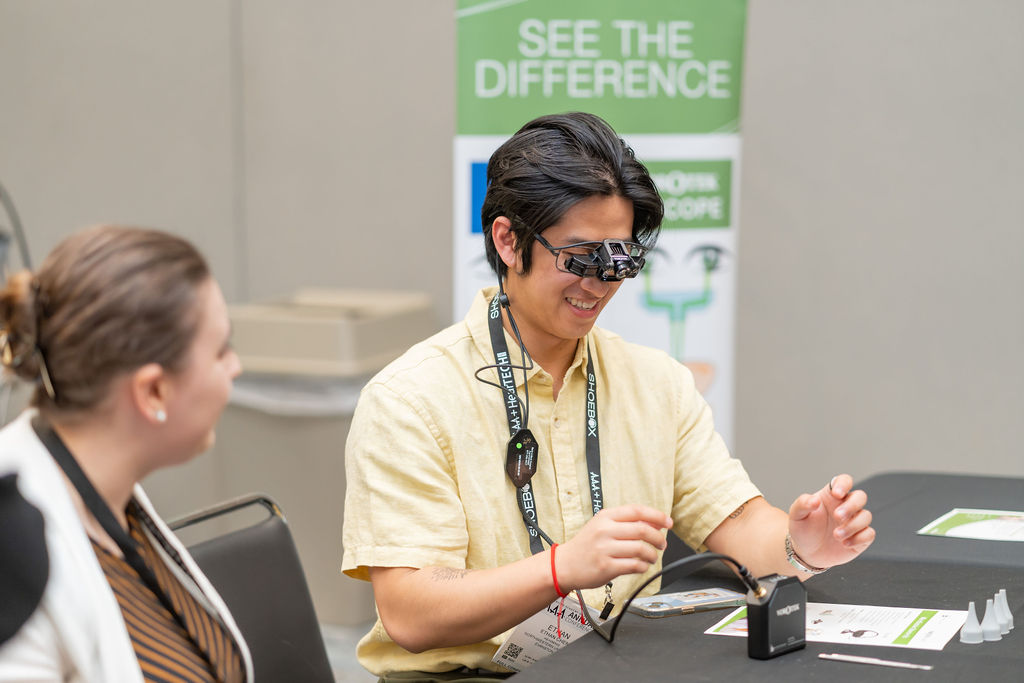Because of the potential to aerosolize the virus during drilling in the mastoid cavity, neurotological surgeries present a potentially high risk of contamination. Many audiologists monitor responses during cochlear implant surgeries or may provide intraoperative monitoring for other neurotological surgeries.
All recommendations are made with the best current information and in the context of a multifaceted safety program. When a variety of safety measures are put in place our chance of protecting our patients and colleagues increases.
All safety recommendations assume that
- Staff and patients are screened (with a questionnaire at a minimum) and individuals who do not pass the screening do not report to the hospital.
- All individuals use excellent hygiene that includes frequent hand washing (while refraining from touching your face/eyes/nose/mouth).
- Appropriate masks are used at all times.
- Gloves are worn and changed between patient interactions.
- All individuals maintain social distancing as much as possible in the context of the health care activity.
Note: In many health systems, patients are being screened for COVID-19 prior to surgery and scheduled surgeries are being delayed for individuals who test positive.
Specific to the neurotological surgical environment, the audiologist should consider the following:
- Use an N95 mask due to the risk of aerosolizing elements in the surgical space. N95 masks require a fit test to determine the correct mask for the user. These masks can now be cleaned and reused if your health system is engaging in this cleaning process. It is important to continue to use the correct size as determined by the fit test. Fit will be better with no facial hair.
- Use a face shield to protect your eyes from aerosolized particles.
- Wear shoe covers and shoes that can be cleaned (e.g., rubber).
- Use a surgical gown that can be discarded when leaving the surgical suite. This protects your scrubs. Surgical venues provide scrubs in the morning and take them back at the end of the day for cleaning.
- Have the operating room (OR) team page you when your services are needed rather than spending extended time in the OR waiting for your testing to take place.
- You may want to investigate remote monitoring that would include setting up the equipment (or training someone to do this) and then providing the monitoring at a distance with synchronous communication to the OR to provide your monitoring results in real time.
Recent Posts
Academy Presents Inaugural AAA National Health Leadership Award to Representative Bilirakis
Today, Patrick Gallagher, Executive Director of the American Academy of Audiology, presented the inaugural AAA National Hearing Health Leadership Award to Representative Gus Bilirakis (R-FL)…
2026 Academy Honors and Awards Recipients
Every year, the Academy asks colleagues, friends, and mentees to look around their professional circles and identify members who are deserving of recognition for outstanding…
Turn Insight Into Action! Attend Learning Labs at AAA 2026
Ready to take your professional development to the next level? At AAA 2026, Learning Labs are your chance to go beyond lectures and dive into…


